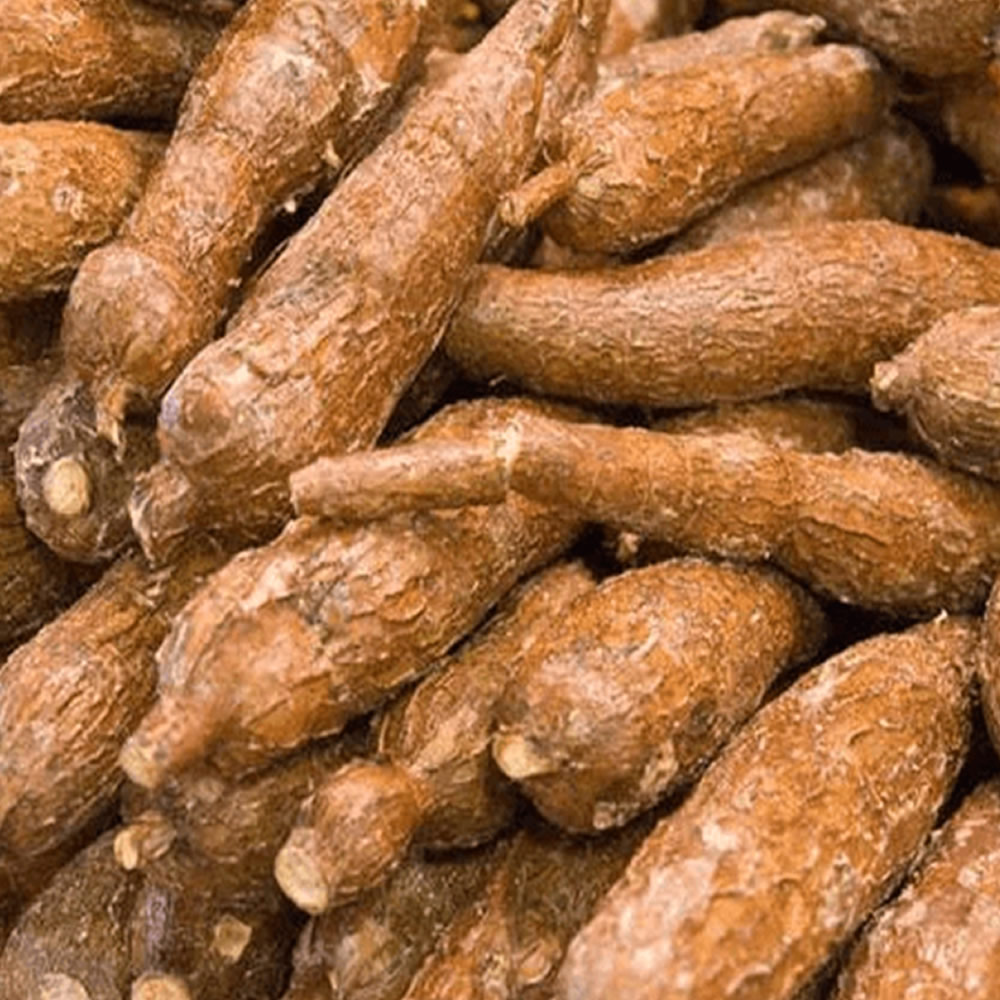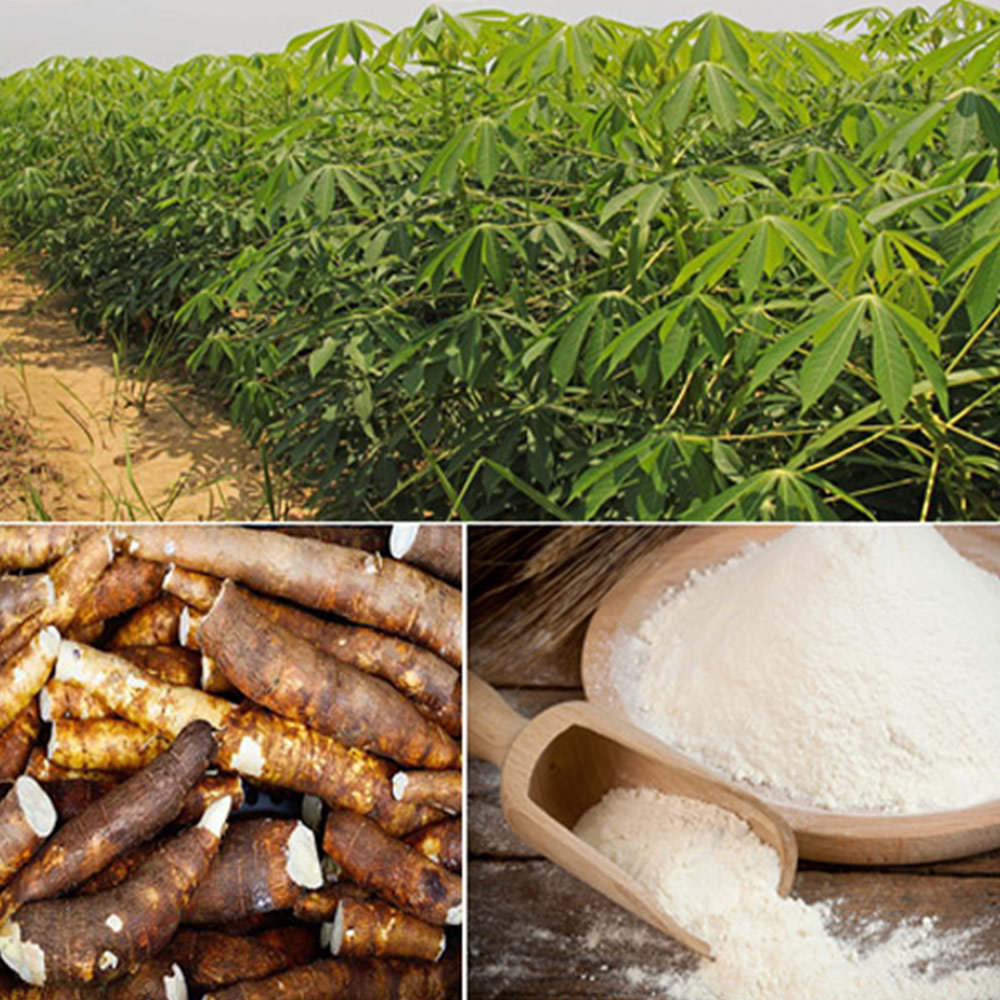Cassava
Cassava is a perennial woody shrub with an edible root, which grows in tropical and subtropical areas of the world. Cassava originated from tropical America and was first introduced into Africa in the Congo basin by the Portuguese around 1558. Today, Cassava supports the livelihood of over 300 million Africans. It is rich in carbohydrates, calcium, vitamins B and C, and essential minerals. However, nutrient composition differs according to variety and age of the harvested crop, and soil conditions, climate, and other environmental factors during cultivation.

Importance
ABTO has decided to go into cassava growing as It grows well in poor soils with limited labour requirements. Our aim is to provide food security for the society. Since it conveniently grows underground. Cassava is usually intercropped with vegetables, plantation crops (such as coconut, oil palm, and coffee), yam, sweet potato, melon, maize, rice, groundnut, or other legumes. Apart from food, cassava is very versatile, and its derivatives and starch are applicable in many types of products such as foods, confectionery, sweeteners, glues, plywood, textiles, paper, biodegradable products, monosodium glutamate, and drugs. Cassava chips and pellets are used in animal feed and alcohol production. Medium to large private farms in the major producing countries like Nigeria and Mozambique support some of these industrial uses of the crop.
Health Benefit of Cassava
• Cassava roots are an excellent source of minerals and vitamins such as manganese, calcium, phosphorus, potassium, and Iron. All these are responsible for the healthy development of the body.
• Cassava is rich in fibers and dietary fiber which are helpful in preventing constipation.
• Cassava contains high amount of carbohydrates content which consuming them can provide a lot of energy to the body.
• Consuming cassava is also helpful in weight management.
• Eating of cassava regularly prevents one from various types of cancer.
• Cassava also enhance good digestive system.
• Cassava helps in treating diarrhoea, and the rheumatic diseases.
• Consumption of cassava is beneficial for good health such as eyes, hair and skin.
• Cassava is used as home remedy for curing headaches and fever.
• Cassava enhance fast recovery of wounds.
• It is helpful in boosting the immune system and lowering the blood pressure.
• Constant consumption of cassava helps to propagate good nerve and brain health.
Nutritional Value of Cassava
• The following nutrients are found in 3.5 ounces (100 grams) of boiled cassava
• Calories: 112
• Carbs: 27 grams
• Fiber: 1 gram
• Thiamine: 20% of the RDI
• Phosphorus: 5% of the RDI
• Calcium: 2% of the RDI
• Riboflavin: 2% of the RDI
• Boiled cassava root also contains small amounts of iron, vitamin C and niacin and minimal vitamins and mineral.
Other Health Effects of Cassava
• Enhances immunity
• Has an anti-inflammatory effect
• Normalises blood sugar level
• Removes excess cholesterol from the body
• Strengthens bones
• Prevents Alzheimer’s disease and other CNS diseases
• Normalises blood pressure and heart function
• Slows down the ageing process.
Anti-Nutrients Contained in Cassava
Anti-nutrients are plant compounds that may interfere with digestion and inhibit the absorption of vitamins and minerals in the body. These aren’t a concern for most healthy people, but it is important to put it in mind because they are more likely to impact risk of malnutrition in human most especially those who rely on cassava as a staple food.
The following are the most common anti-nutrients found in Cassava.
• Saponins: Antioxidants that may have drawbacks, such as reduced absorption of some vitamins and minerals.
• Phytate: This anti-nutrient may interfere with the absorption of magnesium, calcium, iron and zinc.
• Tannins: Known for reducing protein’s digestibility and interfering with the absorption of iron, zinc, copper and thiamine.
The effects of anti-nutrients are more prominent when they are consumed frequently and as part of a nutritionally inadequate diet. As long as you only consume cassava occasionally, the anti-nutrients would not be a major cause of concern. In fact, anti-nutrients such as tannins and saponins actually have some beneficial health effects in some cases.
Pests and Diseases Affecting Cassava Production
The pests and diseases affecting Cassava plantation can be likened to the cons of cassava plantation or simply put the disadvantages of Cassava plantation in Nigeria.
As we all know that a disease is an abnormal condition that causes discomfort or dysfunction to a particular thing distinct from injury that usually happened instantaneously.
Therefore, it has been deduced that there are some certain diseases and pests affecting the rapid growth of cassava plantation in Nigeria.
There are nematicides, fungicides, bactericides, rodenticides, insecticides and acaricides that can be used to manage pests and diseases in maize farming.
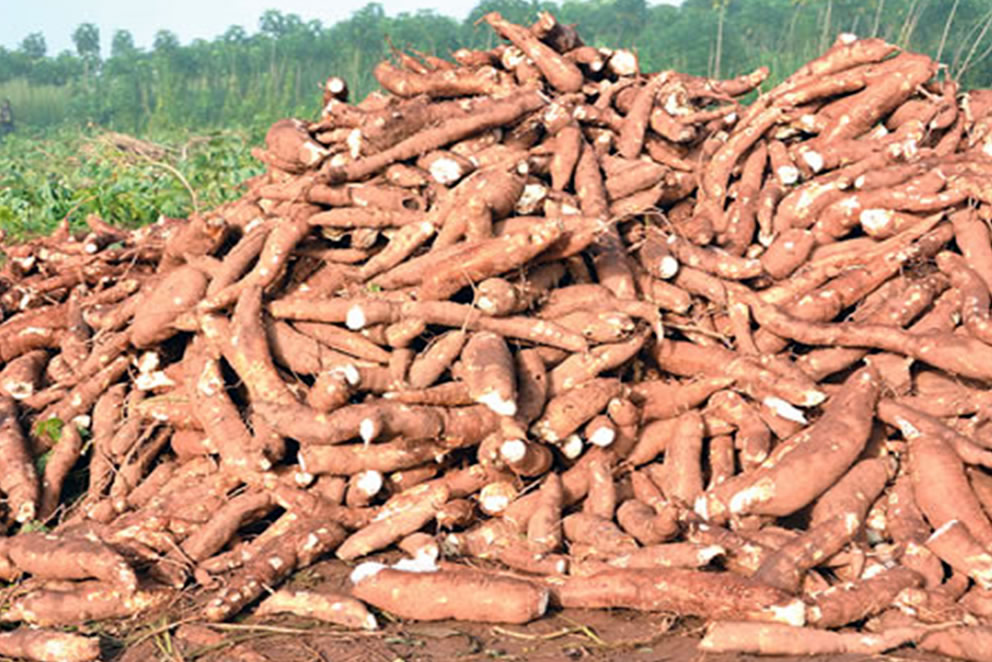
Diseases Affecting Cassava Production
• Cassava mosaic disease,
• Cassava bacteria blight,
• Anthracnose,
• brown leaf spot
• rot root
The cassava mealybug (Phenacoccus manihoti) and cassava green mite (Mononychellus tanajoa) can cause up to 80% crop loss, which is extremely detrimental to the production of subsistence farmers.
Pests
• Termite
• Cassava mealybug
• Cassava green mite
• grass cutter
A wide range of plant parasitic nematodes have been reported to be associated with cassava worldwide. These include Pratylenchus brachyurus., Rotylenchulus reniformis, Helicotylenchus spp. and Meloidogyne spp., of which Meloidogyne incognita and Meloidogyne javanica are the most widely reported and economically important.
Currently the use of tolerant and resistant varieties is the most practical and sustainable management method for these pests and diseases.
Constraints of Cassava Production
The production of cassava is concentrated in the hands of numerous smallholder farmers located primarily in the south and central regions of Nigeria. Although, a notable number of cassava growers in Nigeria has made the transition from traditional production systems to the use of high-yielding varieties and mechanisation of processing activities yet it is not proactive enough
In this light Nigeria still produces more than 45 million metric tons (MT) of cassava, making it the world’s largest producer. In spite of this volume, the full yield potential has not been realised since smallholder production rarely exceeds 11 MT per hectare. Less than one percent of total cassava production is processed commercially primarily due to the high cost of transport and lack of adequate agro-processing capacity.
Simply put, time, capital, mechanisation and resources are the major constraints to commercialised cassava farming in Nigeria.
Production
More than 291 million tons of cassava were produced worldwide in 2017, of which Africa accounted for over 60%. In 2017, Nigeria produced 59 million tons making it the world’s largest producer (approximately 20% of global production) with a 37% increase in the last decade. Nigeria exports about 3.2 million tons annually and earned a record $136 million in 2013. Cassava production depends on a supply of quality stem cuttings. The multiplication rate of planting materials is very low compared to grain crops, which are propagated by true seeds. In addition, cassava stem cuttings are bulky and highly perishable as they dry up within a few days.
Consumption
It is estimated that 37% of dietary energy comes from cassava. The Democratic Republic of Congo is the largest consumer of cassava in SSA, followed by Nigeria.
Get In Touch
Contact Us

ADDRESS
5, Raheem Bamisoro Street, Off Wadala, Epe, Lagos.

OFFICE PHONE


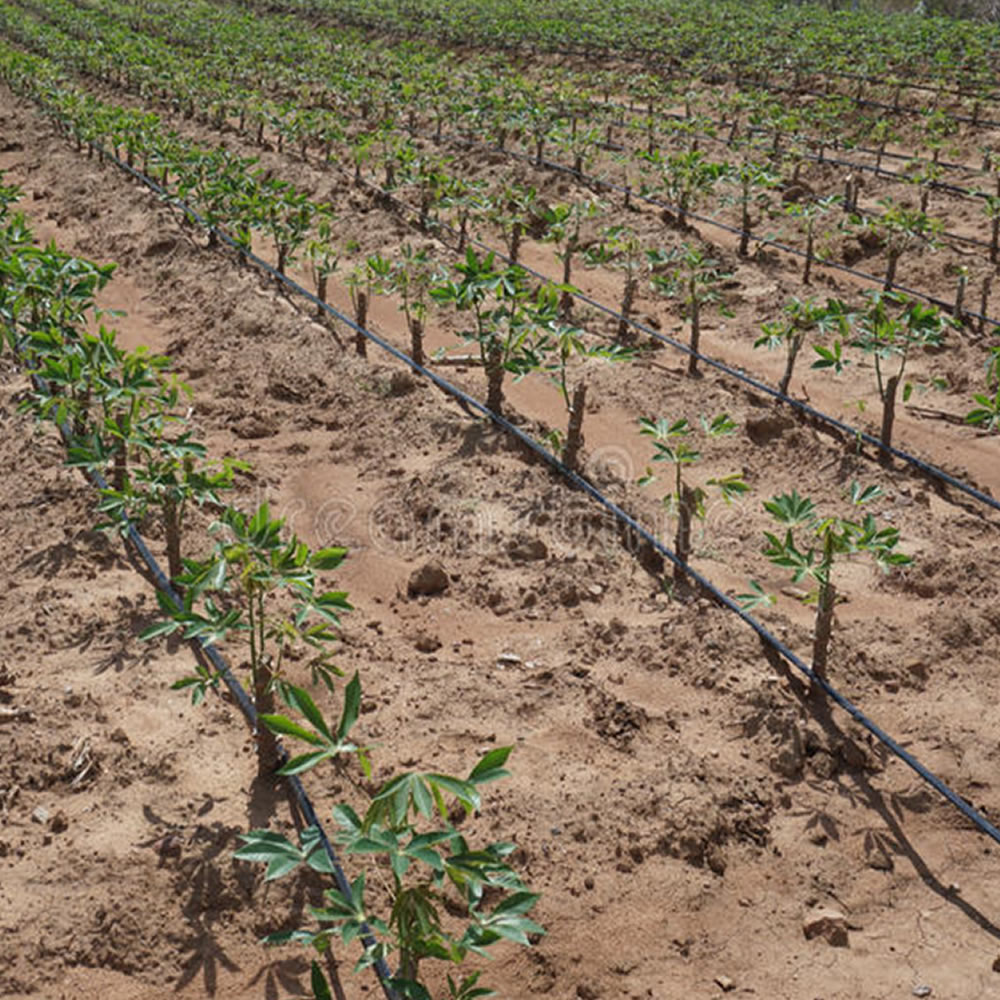
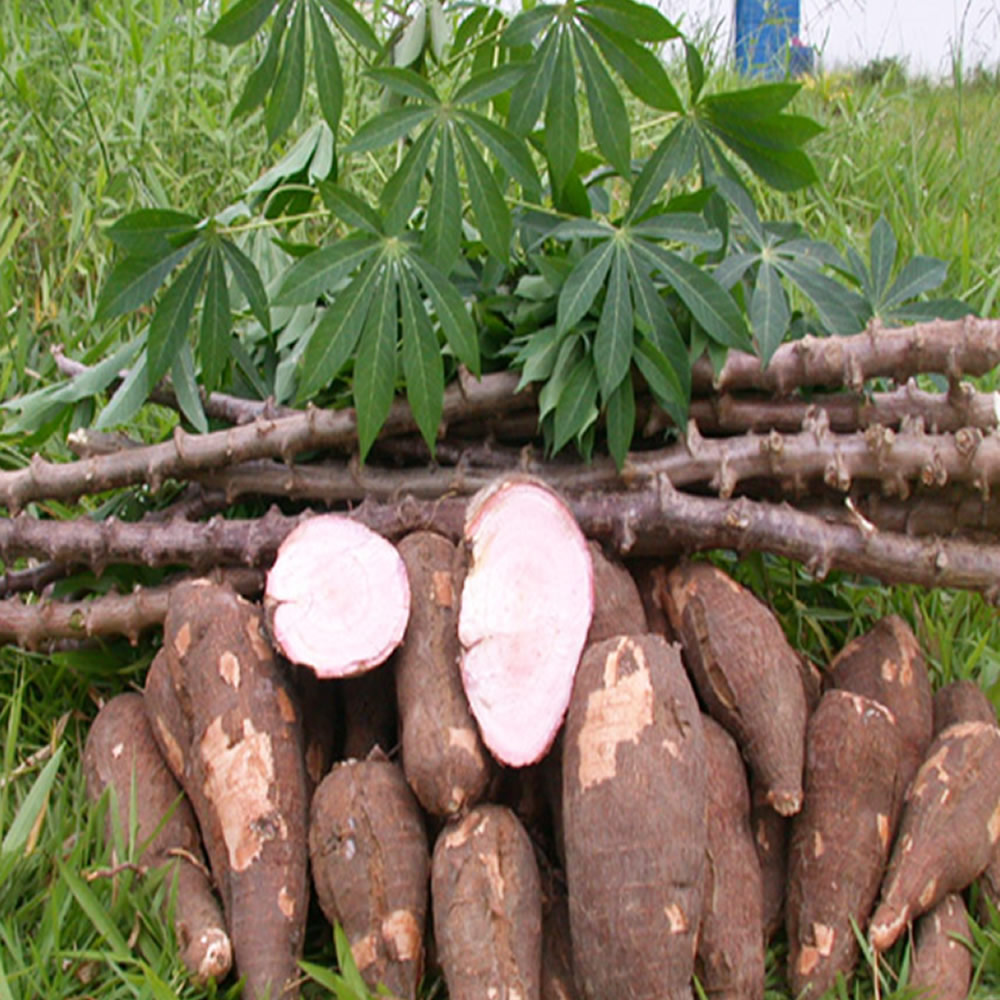 <
<
